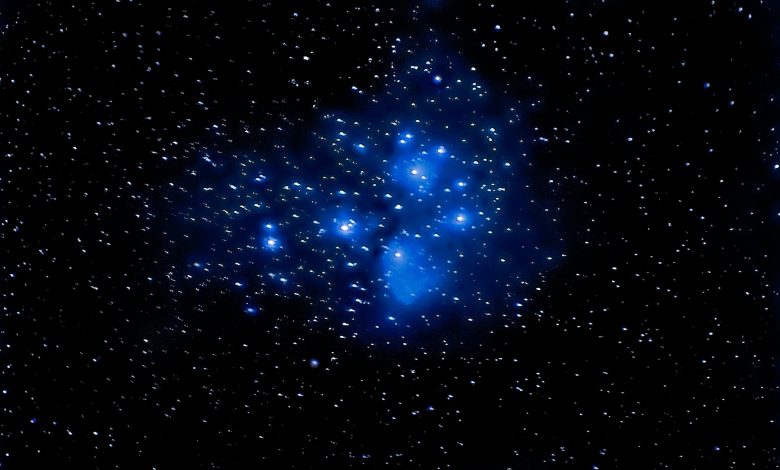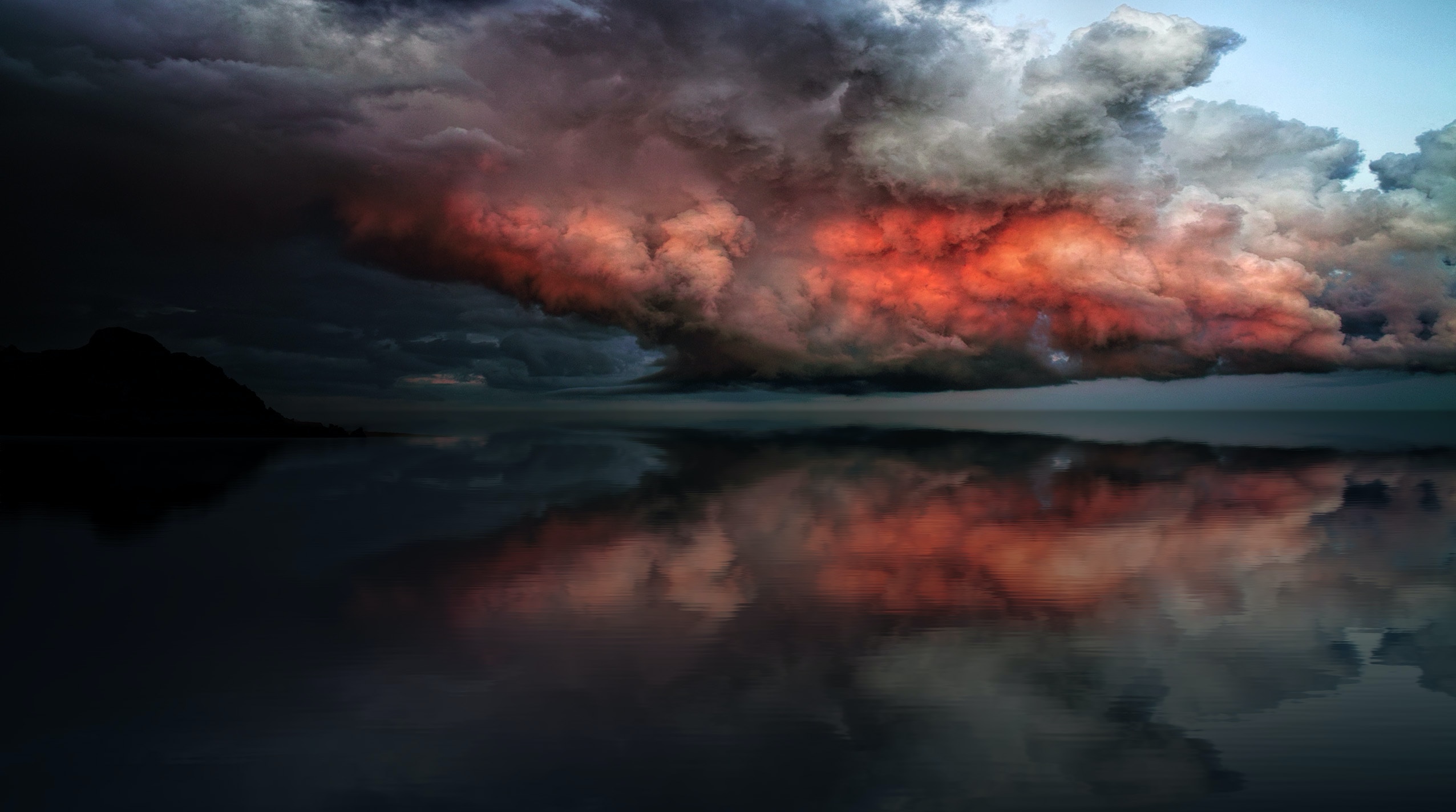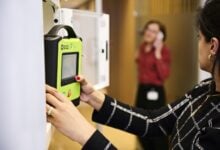Mānawatia a Matariki: Celebrating Māori New Year
Mānawa maiea te putanga o Matariki, mānawa maiea te ariki o te rangi, mānawa maiea te Mātahi o te tau.

Celebrate the rising of Matariki.
Celebrate the rising of the lord of the sky.
Celebrate the rising of the New Year.
The beginning of Term 3 coincides with the second ever official national celebration of Matariki, or the Māori new year.
Read the Term 2 edition of School News HERE
With the announcement of Matariki as an official holiday of Aotearoa New Zealand in 2022, Kiwis everywhere embraced mātauranga Māori (traditional Māori knowledge systems) some for the first time, and learned about the significance of the Māori new year and its traditions. That included some of our littlest citizens, who benefited from 51 new education resources released by the Ministry of Education last year, designed to bring mātauranga Māori to the classroom.
So, with Matariki coming around once again, now is the perfect time for a refresher on the holiday, and what it means. And for some kaiako, Matariki will be the perfect occasion to introduce some matauranga to the classroom.
Matariki is the te reo Māori name for the cluster of stars also known as Pleiades, or the seven sisters. Many iwi will use its re-appearance in mid-July as the marker of the new year. Tohunga, who are priests, experts or elders, will use its physical appearance to predict how the year ahead will go. Importantly, there are regional and iwi-specific variations on how and when Matariki is celebrated. Some iwi use the appearance of Puaka, a lone star, as the beginning of the new year. Others will hold celebrations when Matariki appears at dawn, or others at the beginning of the next lunar phase.
Although in some parts of the world, the cluster is known as the seven sisters, some can see up to nine stars in the cluster. Again, different iwi have different names and different pūrākau (stories) for the cluster around the country.
One pūrākau states that Tāwhirimātea clawed his own eyes out in rage at the separation of his parents Papatūānuku and Ranginui. As he tossed them into the sky, they landed in a cluster and became known as Ngā Mata o te Ariki Tāwhirimātea – The Eyes of the God Tāwhirimātea – or Matariki for short.

Many iwi believe Matariki to be the central whetū (star) of the cluster. She is characterised as a mother amidst her children and is a guardian. She signifies wellbeing, reflection, and hope. To learn more about the other stars and the various names and stories different iwi tell about each, the National Library of New Zealand has put together a helpful resource with video links, which can be accessed here.
Matariki is traditionally a time to reflect on the past year, including those who have passed. It is marked with kai (food) and spent with whānau and the wider community. In his seminar, leading Tūhoe astonomer Dr Rangi Matamua states Matariki is “about sharing collectively, coming together. It’s about the environment and giving back to the environment and being thankful… it is about aroha and manaakitanga and kai and whanaungatanga.”
In Māori tradition, Matariki is a time to release the spirits of those who have passed. They will then become stars. Matariki is also a time to thank the atua (gods) for harvest.
For kaiako looking to mark Matariki in their classrooms, there are many ways to explore the holiday and its tradition in connection with the NZC. Matariki could be looked at through an astronomy lens or a cultural one, and students can be invited to share their new year traditions, and mark Matariki with some new ones. Local curriculum can be incorporated by learning the pūrākau and traditions associationed with Matariki in your rohe (area).
More resources associated with Matariki can be found on the NZC website, and the National Library.









